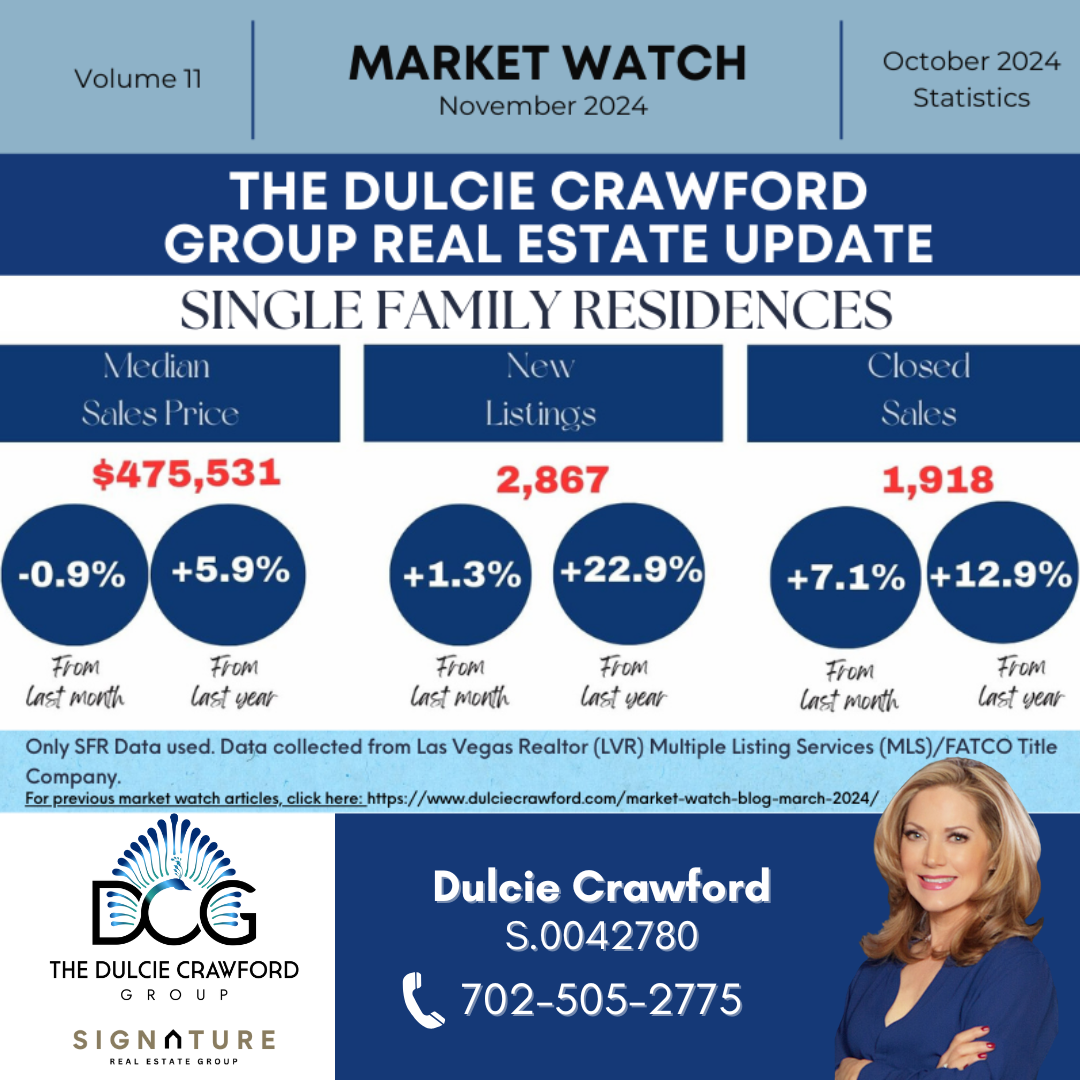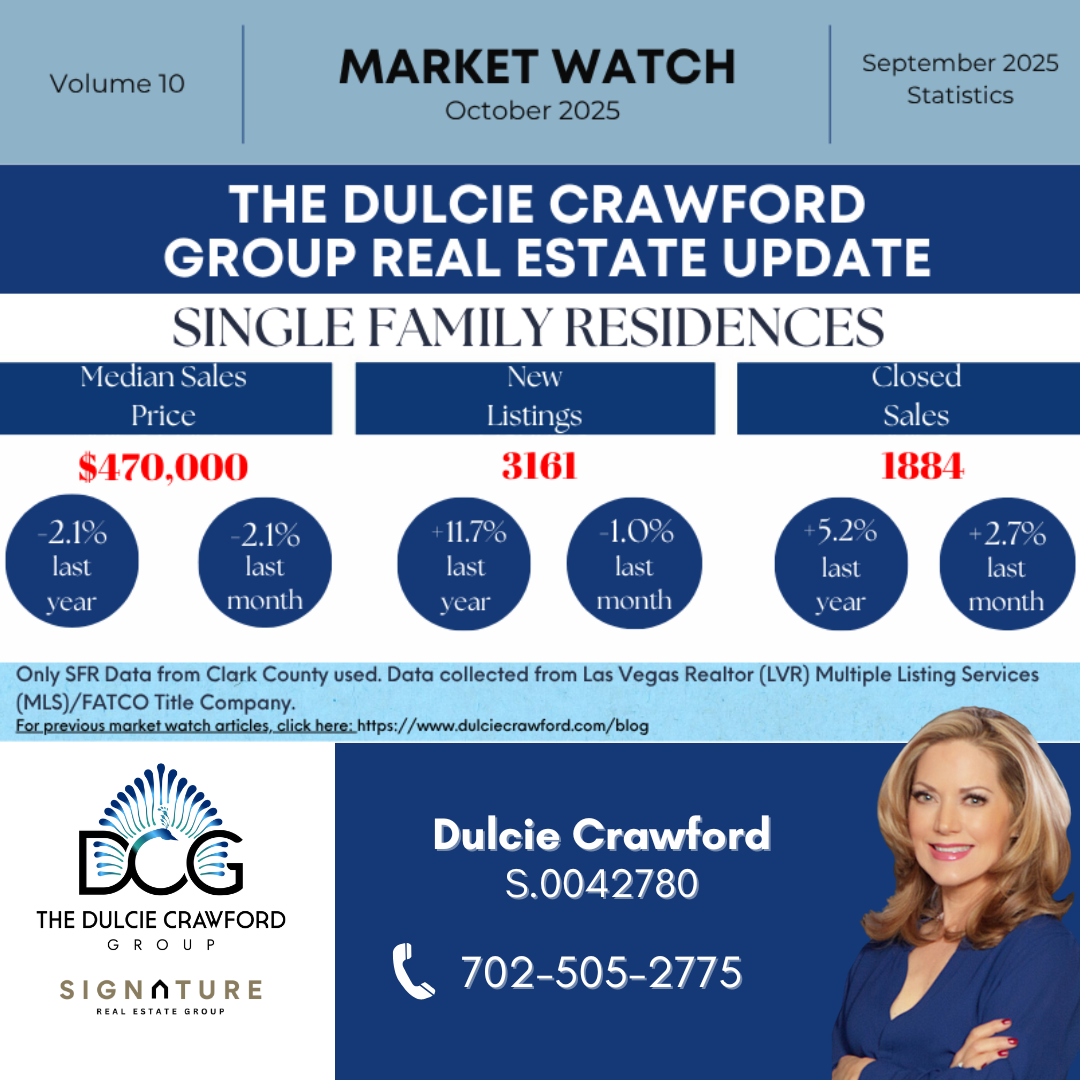Why Mortgage Rates Are Rising Even When the Fed Cuts Rates
Despite the Federal Reserve’s recent rate cuts, mortgage rates have continued to rise, puzzling many who expected lower borrowing costs. However, mortgage rates are influenced by broader market dynamics, particularly long-term bond yields, inflation, and economic sentiment, rather than direct Fed rate changes. Here’s why mortgage rates remain elevated.
Federal Funds Rate vs. Mortgage Rates
The Fed’s rate adjustments mainly affect the Federal Funds Rate, which impacts short-term bank lending. Mortgage rates, however, are affected by other circumstances. For example, analysts often track the yield on the 10-year U.S. Treasury bond as an easy way to gauge mortgage rates. (insert the statistic that says that mortgage rates are roughly 3% above the 10-year treasury) This yield is driven by broader economic factors, such as growth, inflation, and investor sentiment. This helps explain why mortgage rates don’t respond directly to the Fed’s decisions but instead follow bond market trends.
The Impact of Inflation on Mortgage Rates
One major factor driving up mortgage rates is inflation. When inflation is high or anticipated to remain high, investors demand higher returns on bonds to protect their purchasing power. Higher yields on bonds translate into higher mortgage rates, as lenders need to attract investments that can match the inflation rates. This connection means that even with Fed rate cuts, mortgage rates can remain high if there is analyst consensus that inflation would remain high.
Economic Sentiment and Market Dynamics
Investor confidence and economic conditions also play critical roles. When investors expect solid economic growth and steady inflation, they may seek higher bond yields, which can push mortgage rates higher. Recent mixed economic data and concerns over the U.S. government deficit, for instance, have led to increased yields, resulting in mortgage rates climbing to around 7%. This shift shows that mortgage rates are as responsive to economic indicators as they are to Fed signals.
The Fed’s Bond-Buying Strategy and Mortgage Rates
Since the 2008 financial crisis, the Fed has bought mortgage-backed securities (MBS) to support lending markets. Recently, however, it has scaled back these purchases, which has reduced demand for MBS and prompted lenders to raise rates to attract other investors. Think of MBS as bundles of home loans that investors can buy. When you pay your mortgage, part of your payment goes to these investors as a return on their investment. When mortgage rates are higher, people with mortgages pay more in interest, thus more earning potential for investors. Therefore, while the Fed’s rate changes have an indirect effect, shifts in its MBS policies also influence mortgage rates.
Housing Market Supply, Demand, and Rate Trends
Supply and demand in the housing market affect mortgage rates as well. Although high rates have cooled buyer interest, low housing inventory keeps competition strong in many areas, allowing lenders to maintain these elevated rates. This dynamic supports higher rates, even as some buyers struggle to qualify for loans at current levels.
Where Do Mortgage Rates Go From Here?
Looking forward, mortgage rates will likely continue to reflect broader economic signals rather than solely reacting to the Fed’s moves. Inflation expectations, investor sentiment, and government debt levels will all play into rate trends. For prospective buyers and homeowners, understanding these factors—and exploring options like rate locks and adjustable-rate mortgages—can provide borrowers a more affordable pathway to enter the real estate market now versus waiting. There is a famous phrase in the mortgage industry, “buy the house not the rate,” meaning buy the home that you can afford now since you can always refinance the rate down once it drops in your favor. There are always financial cycles where rates will go up and rates will come down. It is inevitable that the rates will eventually come down according to historical data. As economic data evolves, so will mortgage rates, making it essential to stay informed about these influences.
Dulcie Crawford is a native Nevadan, born and raised in Las Vegas. Dulcie is a Community Expert & stays current with updates on market trends & market conditions. A senior Realtor with Signature Real Estate Group, she has sold over 1,300 homes since 1998. You are assured an exceptional experience when buying or selling Real Estate with The Dulcie Crawford Group.

















